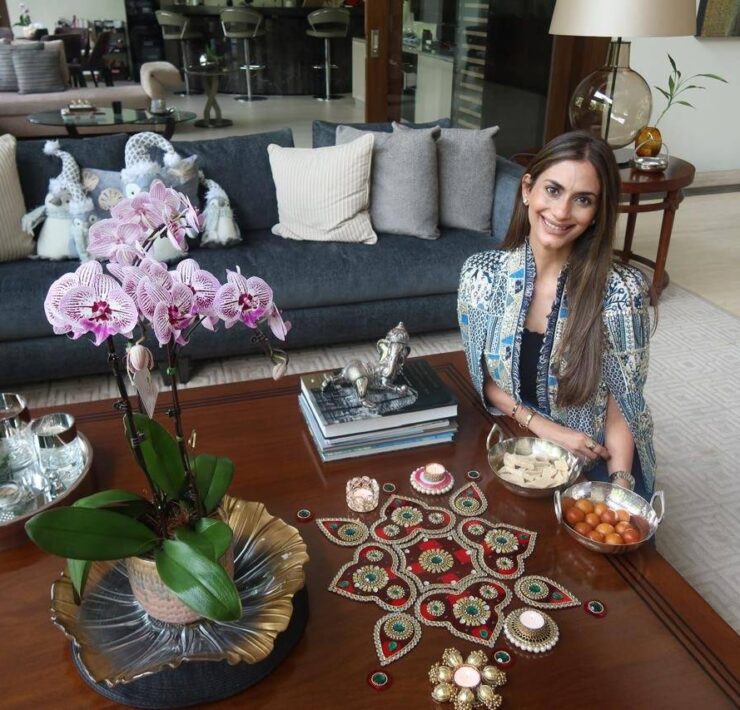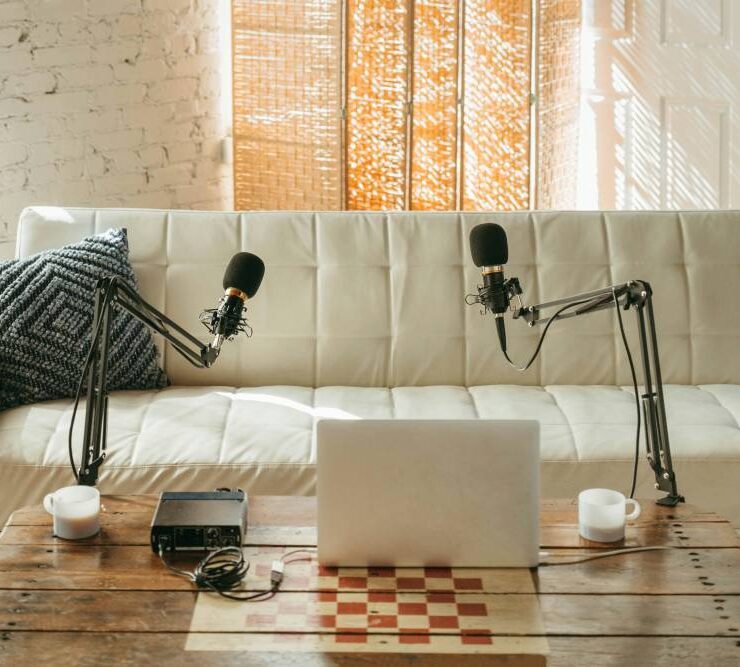Art, design, and food—the Scandinavian way
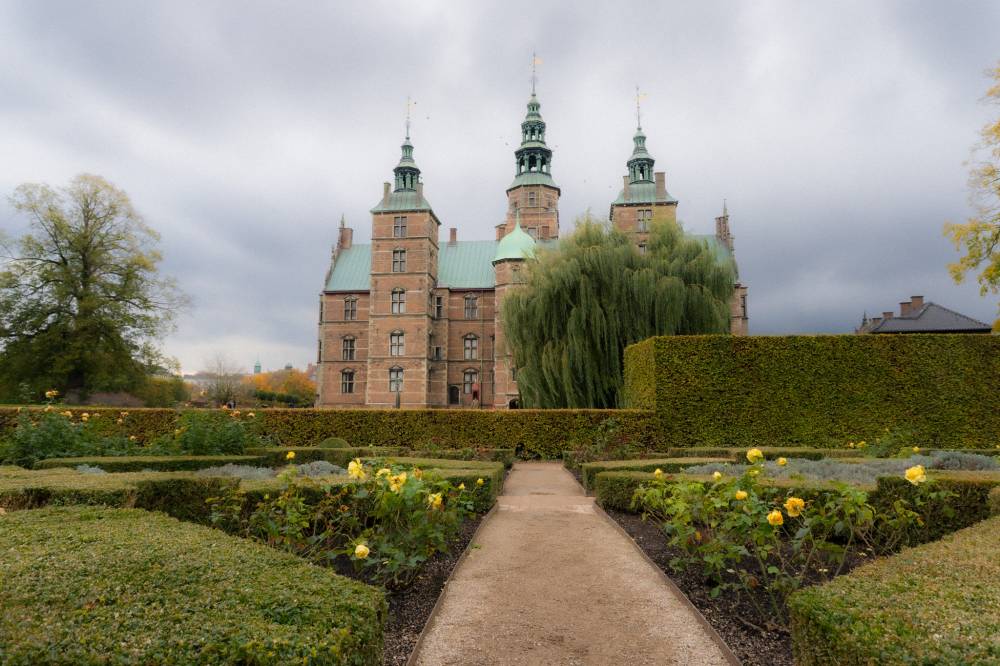
Scandinavia—Denmark, Sweden, and Norway, to be exact—has been exporting the new wave of cool. Just look at Pinterest boards filled with minimalist furniture and TikTok videos of women strolling through the streets of Denmark’s capital, Copenhagen, in flip-flops. Some might call Scandi style’s effortlessness a microtrend. But my visit to this Northern European peninsula taught me that, believe it or not, the Scandi lifestyle is even better in real life.
I took an eight-hour flight from Manila to Doha, and then another five-hour flight to Copenhagen, traveling across the continent until I landed in Stockholm, before heading home. While the Norwegian capital, Oslo, remains on my bucket list, I guarantee that Copenhagen and Stockholm won’t disappoint design nerds, culture connoisseurs, and foodies alike.
Here’s my guide to Copenhagen and Stockholm, beyond Scandi style.
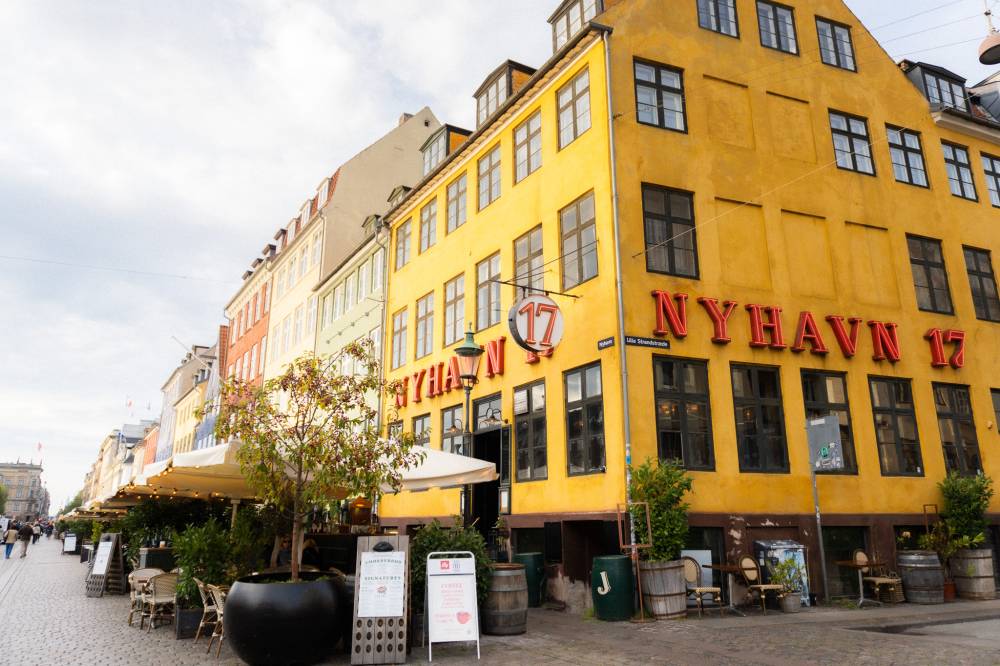
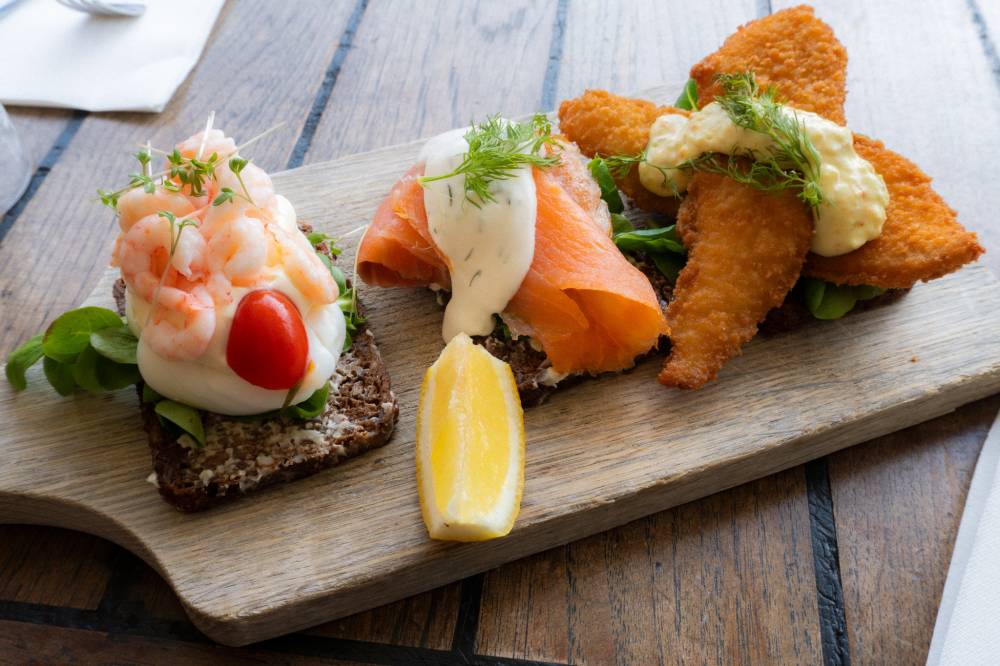
Copenhagen
Copenhagen is more magical than a Hans Christian Andersen fairy tale. The coastal city of 667,000 is also home to a plethora of castles, such as the Rosenborg Castle, Amelienborg Palace, and the Christiansborg Palace. Amble through the cobblestone paths of the canal district, Nyhavn, to enjoy the view of colorful houses while having lunch at one of the many restaurants.
In Nyhavn, you can buy tickets for an hour-long boat tour through Copenhagen and the hop-on-hop-off bus. I highly recommend going on the boat tour first so you can see as much of the city in as little time as possible. After the boat tour, you can pick the spots that intrigue you and visit them via the hop-on-hop-off bus. I visited the aforementioned castles and spent too much time taking photos of the famed Little Mermaid sculpture.
While boats and buses are convenient ways to explore the city, Copenhageners prefer commuting by bike and on foot. The city has 397km worth of bicycle paths, and bike rentals are abundant for tourists. Locals take pride in their city’s efforts towards sustainability, and Denmark aims to be the first country entirely independent from fossil fuels in 2050.
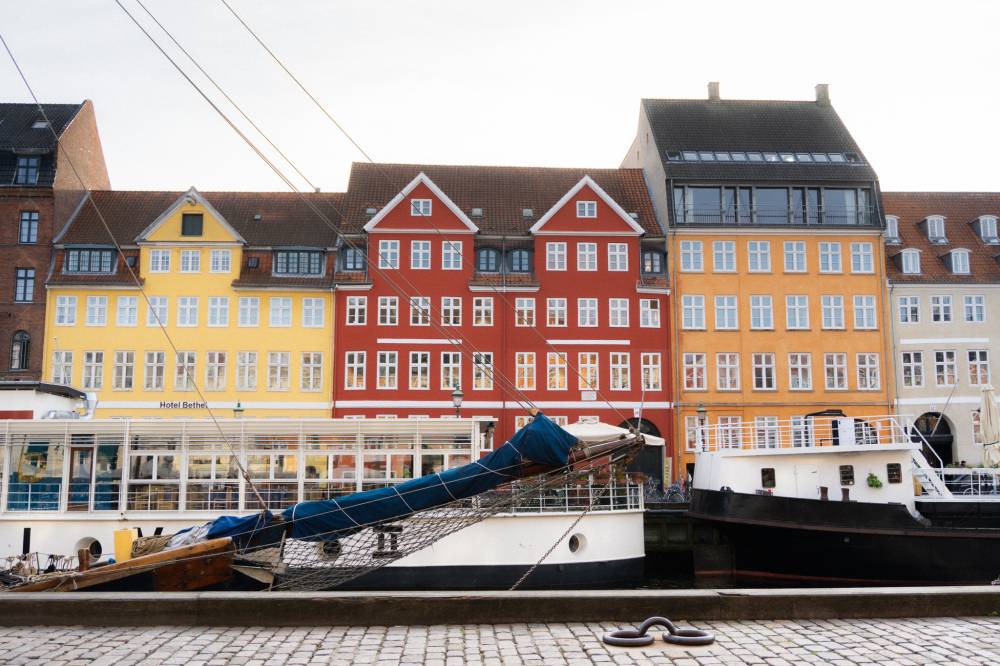
To learn more about Danish culture and history, head over to the city’s many museums, such as The National Museum of Denmark and The Museum of Copenhagen. The Design Museum Denmark is a must for industrial and furniture design enthusiasts. The MACA Museum around Nyhavn is perfect for contemporary art buffs. My favorite is The Danish Architecture Center, which has exhibitions on sustainability and the history of Danish architecture from the Viking Age to now. Their gift shop sells beautiful postcards, books, and home décor that would make perfect souvenirs.
One of the most effective ways to learn about a culture is through its cuisine. Of course, we all know how good Danish pastries are, and how perfectly Royal Dansk tin boxes make for sewing kits.
Unsurprisingly, Copenhagen has a strong café culture. I enjoyed pastries and drinks at Original and Lille Petra. Noma, a three-star Michelin restaurant and inspiration behind the film “The Menu,” is also in Copenhagen, though you need to reserve in advance. If you want to enjoy small plates and a nightcap, drop by The Union Kitchen.

Stockholm
Stockholm is Copenhagen’s bigger and slightly grittier sibling. Sweden’s capital has over a million people and a smorgasbord of cultural and culinary treats for every sort of traveler. The city’s old town, Gamla Stan, houses the Nobel Prize Museum and the Swedish Royal Palace in addition to a number of independent shops and restaurants.
So instead of locking into an itinerary, allocate an afternoon to meander through Gamla Stan’s winding paths and admire traditional architecture.
The city also has its fair share of museums, like the National Museum and the Vasa Museum, for fans of maritime engineering. Dancing queens and kings would love ABBA the Museum, which houses memorabilia and costumes by Swedish pop act ABBA. Though the best of what Stockholm has to offer, artistically speaking, is underground.
The Stockholm Metro has stations filled with murals and sculptures. Some dub it the world’s longest art gallery, since the metro system runs over 100km. In the 1950s, the Swedish government commissioned artists to design the stations to bring art to the public and calm commuters during rush hour. My favorite stations to visit are T-Centralen, Stadion, Radhuset, and Kungsträdgården. You can go on a self-guided tour by purchasing tickets at the station nearest to your hotel, or book a tour guide.
Much like art, good food can be found all over the city. Take a fika—the Swedes’ version of merienda—at one of the many quaint cafés in Gamla Stan. Cinnamon buns, princess cakes, and chocolate balls alongside coffee are traditional.
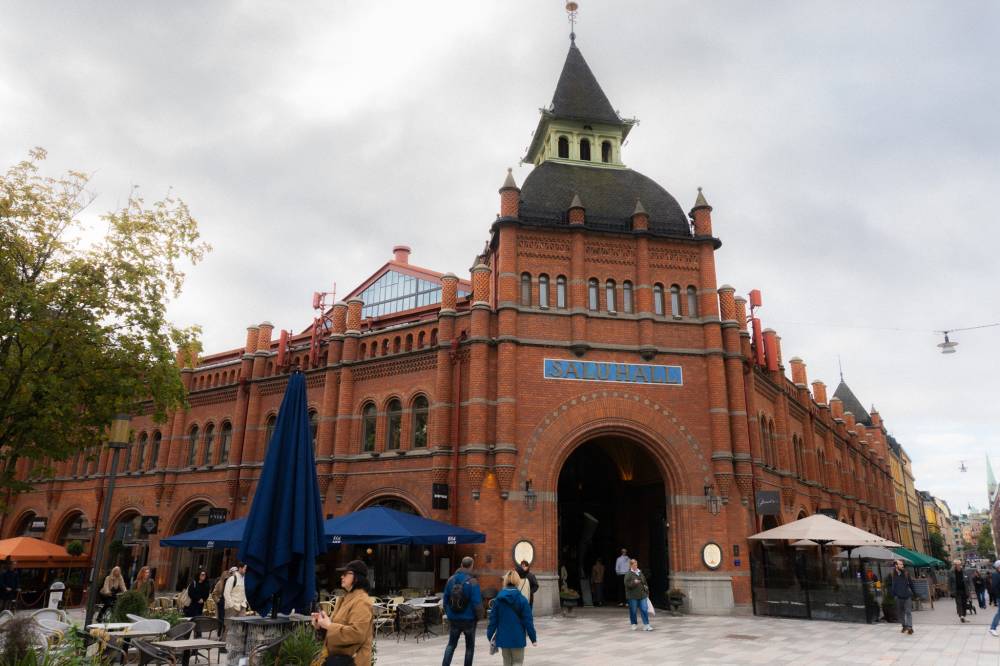
For meals and heavier snacking, visit Östermalms Saluhall, a food hall founded in 1888 and voted the seventh best food hall in the world by Bon Appétit. I love the smoked salmon, or lax in Swedish, at Lisa Elmqvist.
A trip to Stockholm isn’t complete without eating meatballs, popularized by a certain furniture store. I had mine with mashed potatoes and lingonberries at Bistro Bestick and Gyldene Freden, which has been open in its original location since 1722.
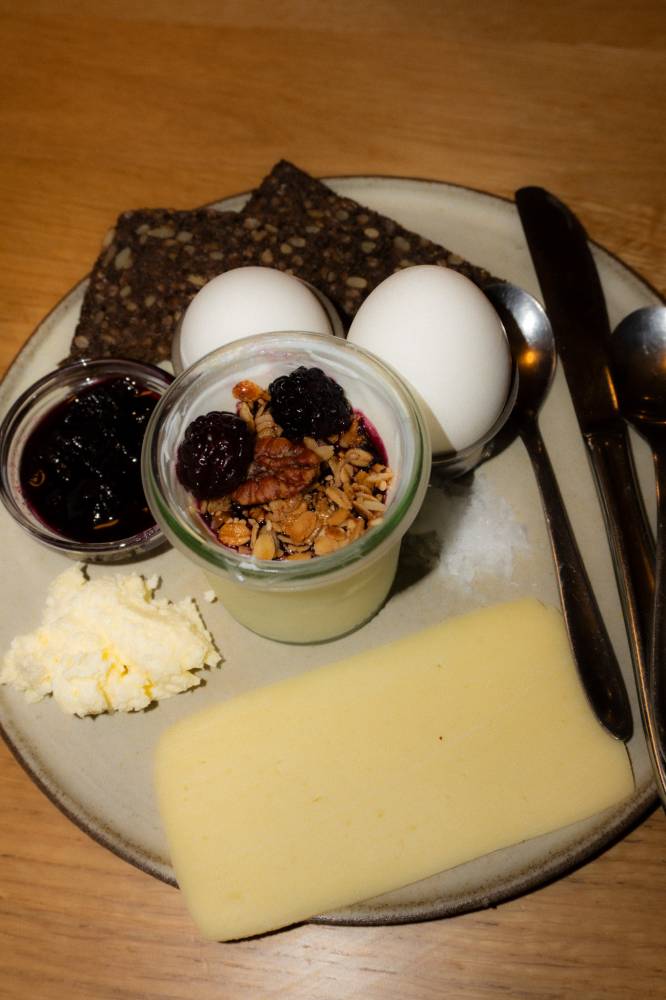
Stylish tips
As a tropical girl, one of my biggest concerns was clothing for fall and winter. I highly recommend investing in a pair of Gore-Tex or Vibram shoes, given that cobblestones become slippery when it rains. As for clothes, layering is key to make sure your body adjusts when you step inside heated rooms. A knit beanie and a thick scarf do wonders. Start moisturizing at least a week before the trip so your skin won’t crack during a walk.
Most importantly, dive into the new. I thought Scandinavia would look like a Pinterest moodboard, and I returned home, blown away by the public art and food scene. Who knew I could go weeks without a single cup of rice?

















